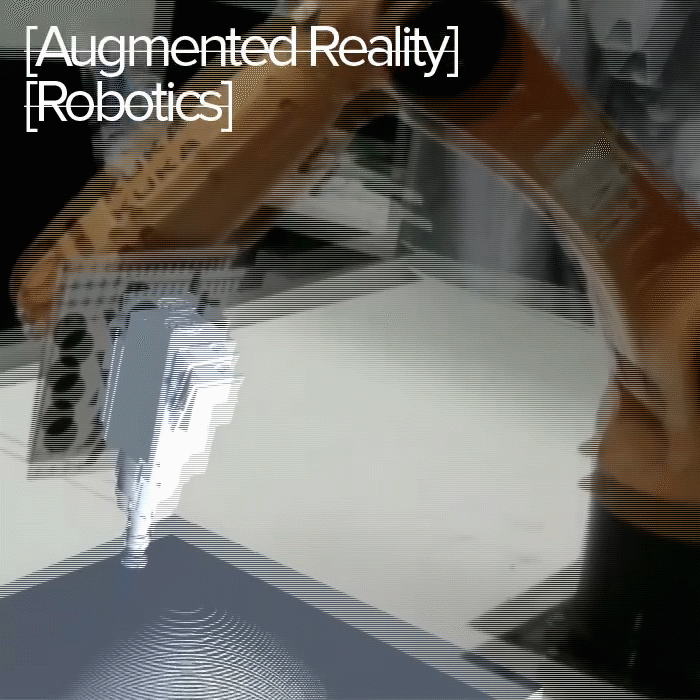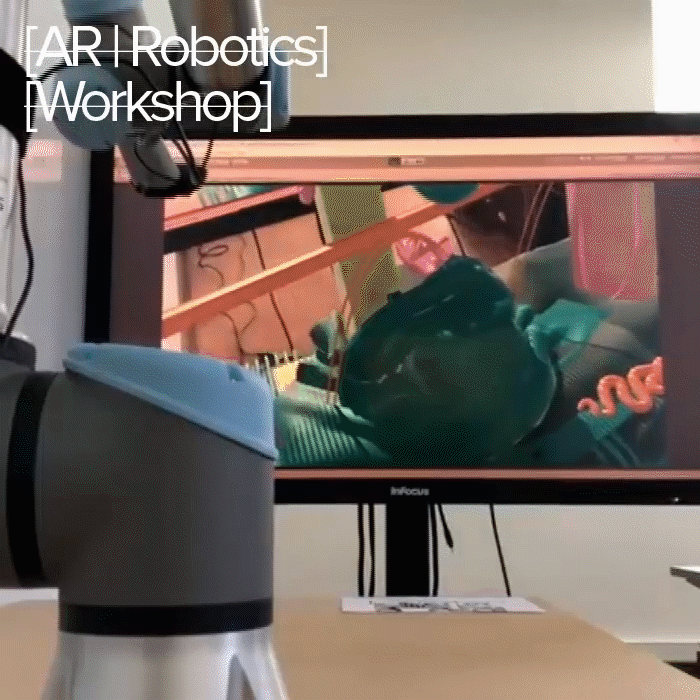




























Cyberphysical Design Interface
Robotics + AR
First-year G Studio | Spring 2018
Developed as part of a first-year graduate studio, at the Robotically Augmented Design (RAD) Lab, at the College of Architecture and Environmental Design at Kent State University, Hetro[Animo]Geneous research investigates the potential of robotically “animated” three-dimensional architectural puzzles to re-define volumetric and spatial organizations, formal configurations, and inside-outside relationships. Borrowing the idea and the terminology of “super-component”—as an object that can be a part of another object (Wiscombe, 2014), this research project approaches architecture—in its initial research studies at the desktop scale, as a formal and reconfigurable spatial composition. As a customized robotic pick-and-place task—reimagined through a threedimensional design lens, Hetro[Animo]Geneous, precisely revisits the potentials of this traditional industrial robotic task, in an architectural manner. Looking at complex joinery, seem-design, and interlocking mechanisms, this research project questions the role of robotics in architecture and design beyond its role as a fabrication tool, and seeks a way to domesticize robotic technology as a design tool and medium.
As one of the first steps in the Hetro[Animo]Geneous research series, this project successfully demonstrated the possibilities of robotically animated architectural scenarios at a desktop scale. The next stages of this research are to move into the pavilion scale as an intermediate architectural scale to examine two core qualities of Hetro[Animo]Geneous at a bigger scale: 1. From a pedagogical perspective, the possibility of training none-designers to use Oriole plug-in as an animation solution for robotic control, and 2. To test the idea of reconfigurable architectural parts, in a closer scale to the architecture of a building or pavilion.
Enhancing the educational experience of the studio through the use of a custom-made robotic controlling platform (Oriole), It was to see the difference in students’ project and their use of robotic technology not to fabricate an outcome of a design project, but to use robotics as a “medium” to study the potentials of the design.



